Affiliate links on Android Authority may earn us a commission. Learn more.
OnePlus 5T vs OnePlus 5: Worth the upgrade?
Published onNovember 16, 2017

The new OnePlus 5T builds upon the original OnePlus 5 with a new screen, a new camera, and updated software. But is it enough to justify an upgrade, especially for those who already have the original?
Don’t miss: We go hands-on with the OnePlus 5T
We find out in this quick look between the OnePlus 5T and the OnePlus 5.

Users of the OnePlus 5, which was released this summer, will find that the T variant has changed things up in a few small, but very significant ways.
Given that the 5T has a sprawling 18:9 aspect ratio screen, the fingerprint reader has been moved from the front to the back, in a familiar spot that is easily reached with the index finger. This puts the 5T in line with plenty of other Android devices that have their fingerprint readers in similar spots, and it works in a fast manner.
Fractions of a second are all that the ceramic reader needs in order to wake and unlock the device
Fractions of a second are all that the ceramic reader needs in order to wake and unlock the device by just tapping the sensor. This fingerprint reader also lends the 5T a couple of other functions like swiping to bring down the notification dropdown and holding in order to trigger the shutter while taking a selfie.
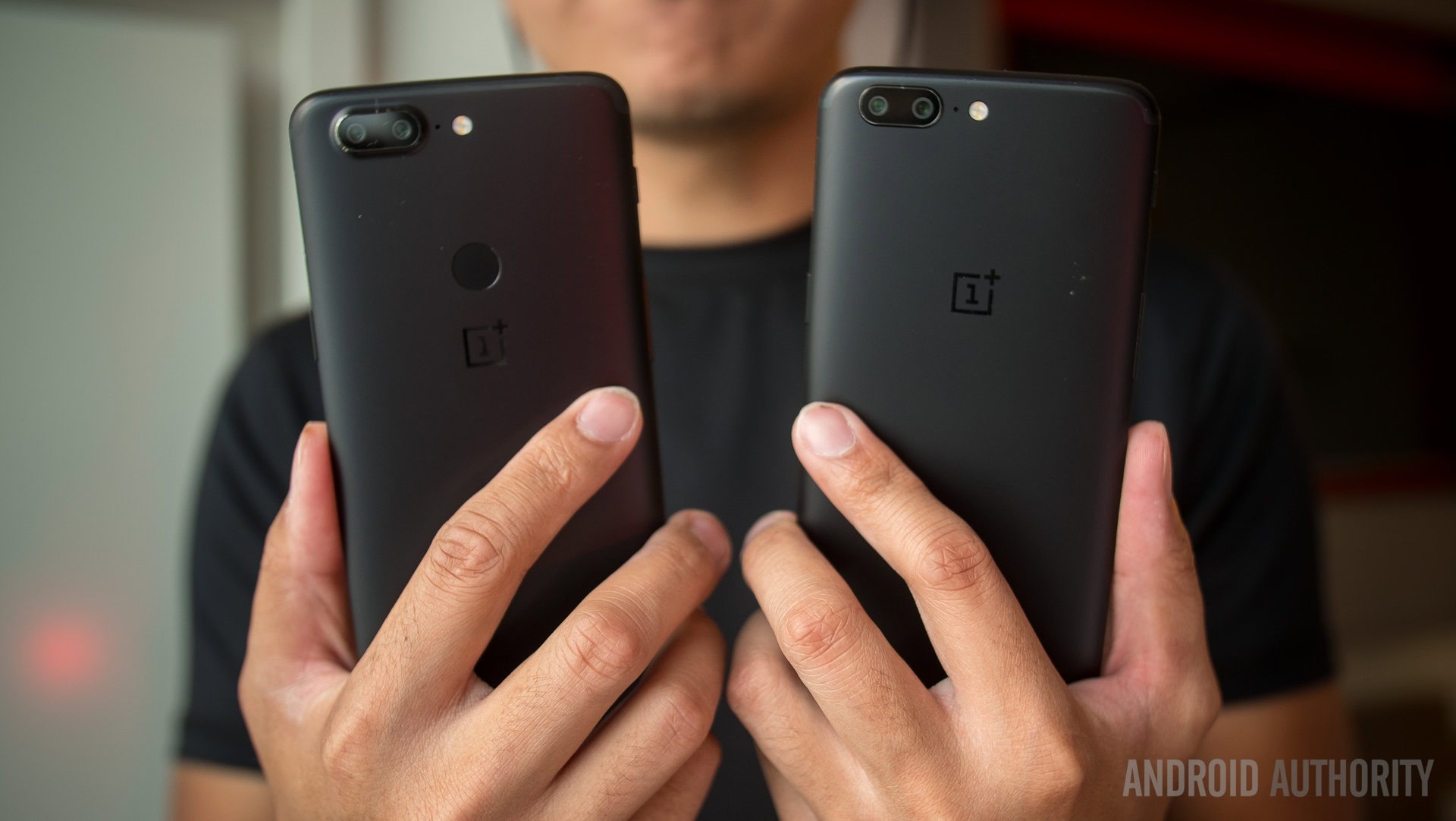
Speaking of selfies, the 16 MP front facing shooter is used for OnePlus’ own brand of facial recognition security. Setting up face recognition is simple enough, and, with the camera always checking if your face is in view, simply hitting the power button can bring you straight into the homescreen of the updated Oxygen OS. So far, it’s been a really fast way of unlocking the phone, certainly comparable to the speed of the fingerprint reader. However, OnePlus readily admits in the 5T’s setup screen that facial recognition is less secure than the other available security options.
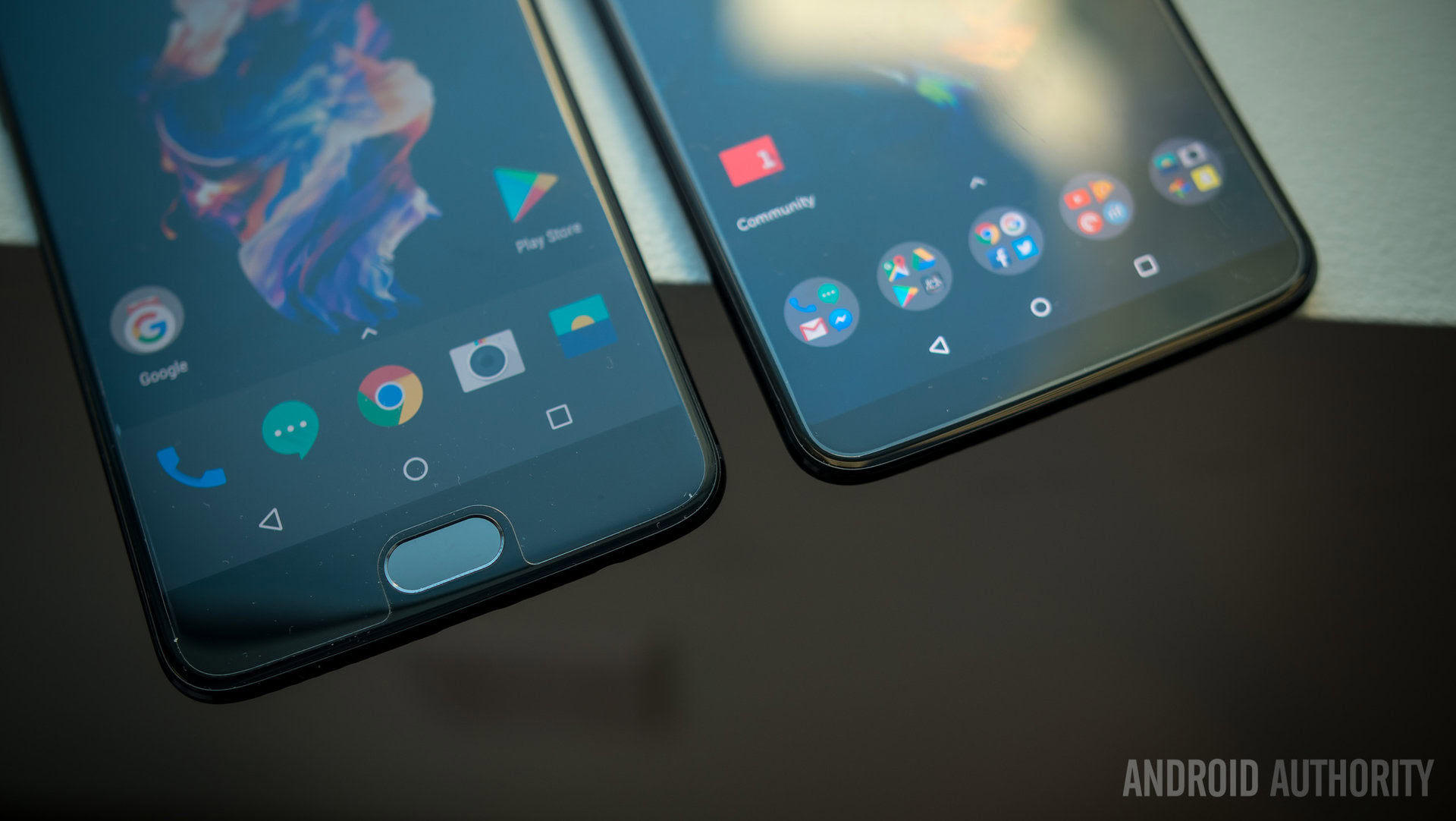
Users may always be facing the screen anyway to enjoy the new display experience – this AMOLED panel comes in the 18:9 aspect ratio, and, although it continues OnePlus’ choice of 1080p resolution, there is plenty of room for work and play. The 6-inch screen simply takes up more of the phone’s footprint, making for a better display-forward experience, without making the phone any bigger. That said, the metal finish can slip about a little bit and handling all of this display in one hand can be kind of tough.
The newest version of Oxygen OS makes the best possible use of the space and lower pixel density.
OnePlus does deserve some credit for making sure that its newest version of Oxygen OS makes the best possible use of the space and lower pixel density. For example, OnePlus’s proprietary Slate font can be scaled alongside other elements in the OS so that the viewing experience doesn’t feel far off from Quad HD competitors.

OnePlus also made sure that all of the OnePlus 5’s display options returned in the 5T, like Night Mode and – my personal favorite – the Reading Mode, which attempts to replicate the black and white look of an e-paper device.
The latest version of Oxygen OS puts all of these features in a shell that seems to be coming of age – the design elements of the homescreens, the dark mode, the widget safe-keeping Shelf, user programmable accent colors, and even the app folders have a distinct look to them that is very OnePlus. To bring back an old phrase I once used often, Oxygen OS is simplistically elegant and has come a long way since its early days as a fledgling Android interface.
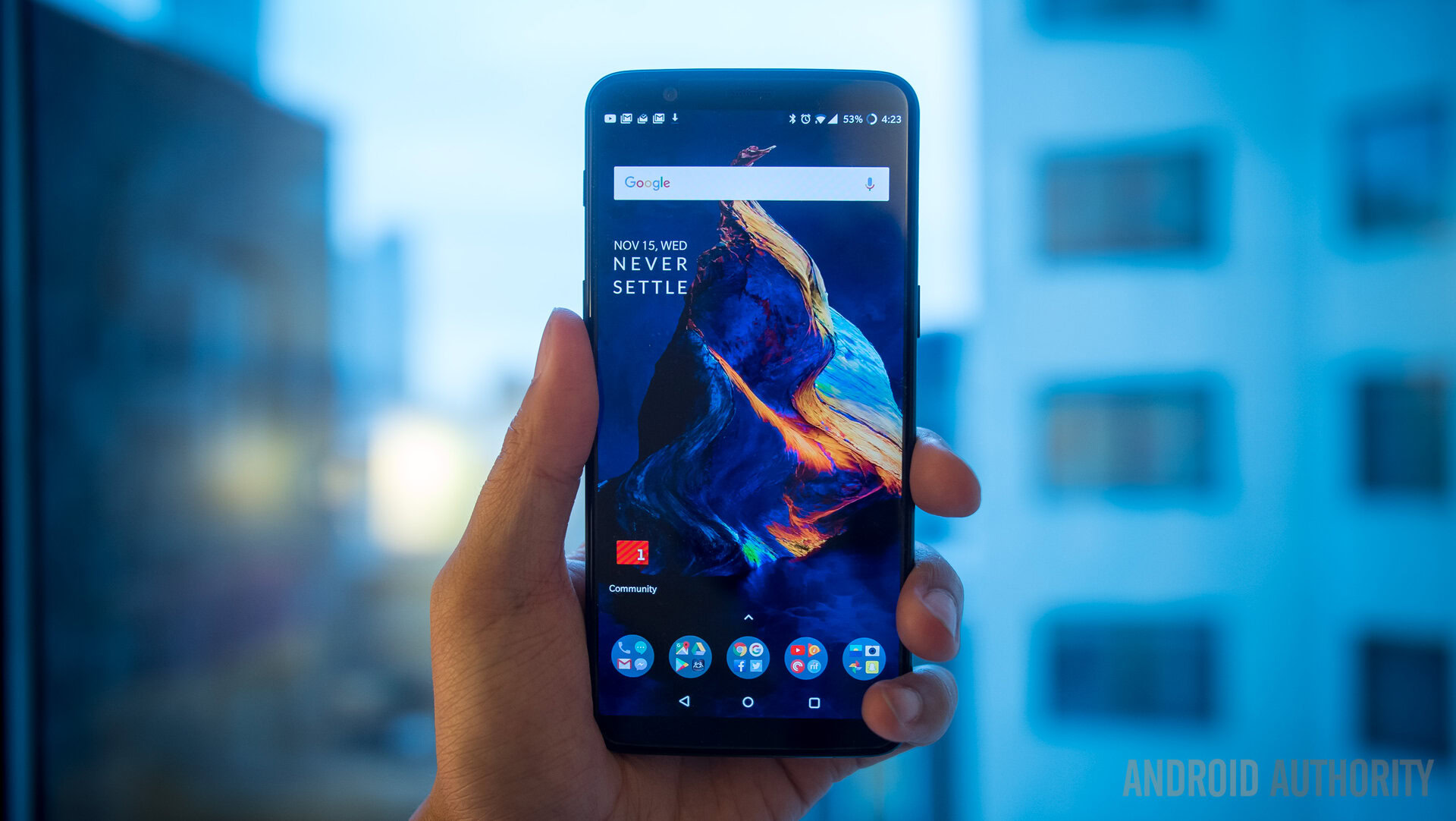
These changes are all powered by the same general spec readout that made the OnePlus 5 such a well-rounded performer – the Snapdragon 835 is backed by either 6 GB or 8 GB of RAM and 64 or 128 GB of onboard storage, every unit comes with a dual-SIM tray, the headphone jack hasn’t been done away with (yet), and Dash Charging gets the 3,300 mAh battery back to work in no time at all. Anyone that enjoyed the reliable speed and performance of the original OnePlus 5 won’t fall prey to phone envy too easily.
There might be one place where original users won’t get the FOMO - the camera
So, the screen has been stretched out, facial recognition is working well, the fingerprint reader doesn’t take up space on the front anymore, and Oxygen OS has been updated to enhance the T experience. All of those enhancements could make existing OnePlus 5 users a little miffed they didn’t wait longer, but there might be one place where original users won’t get the FOMO – the camera (and not just because the camera bump is much bigger on the OnePlus 5).
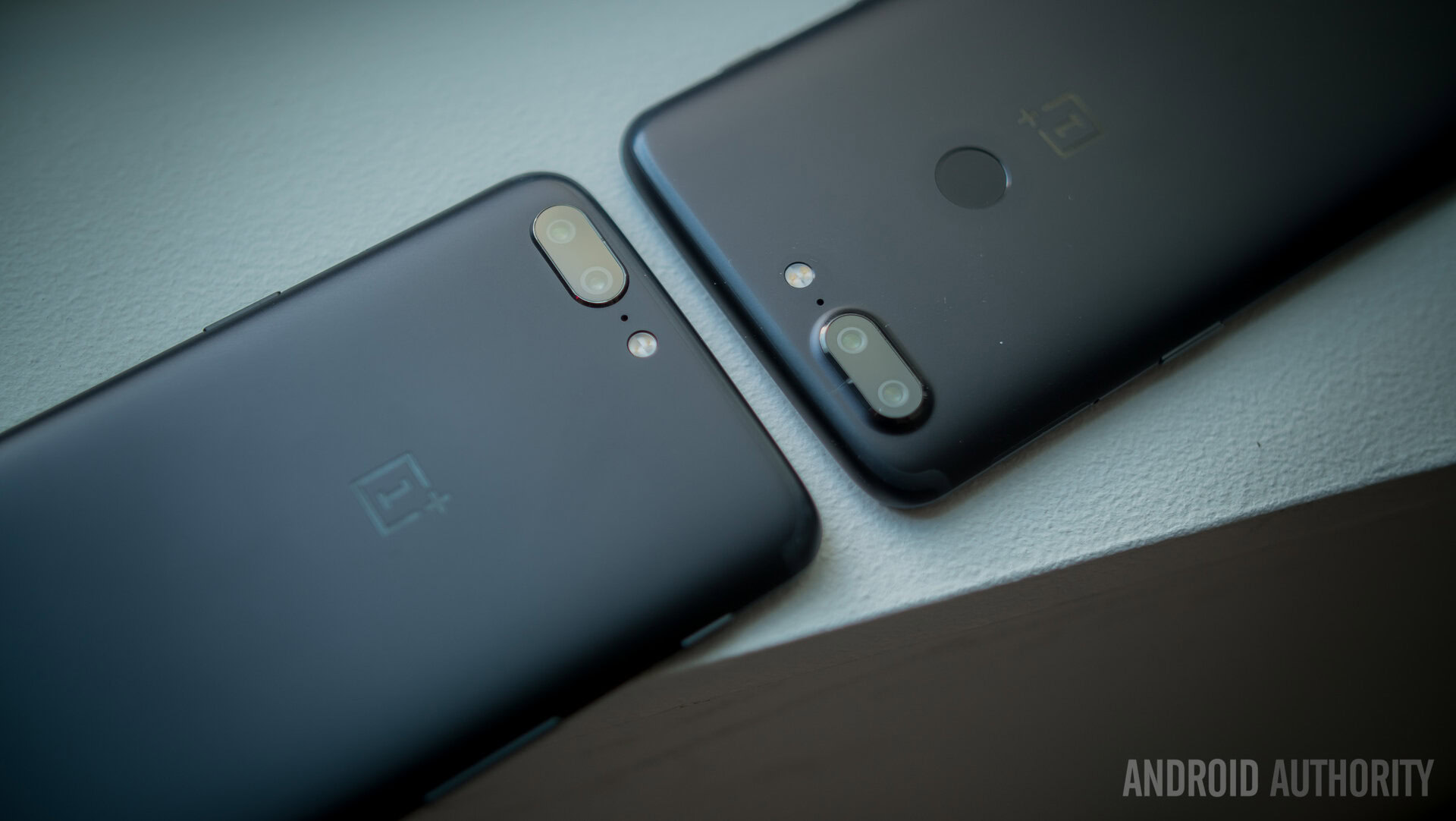
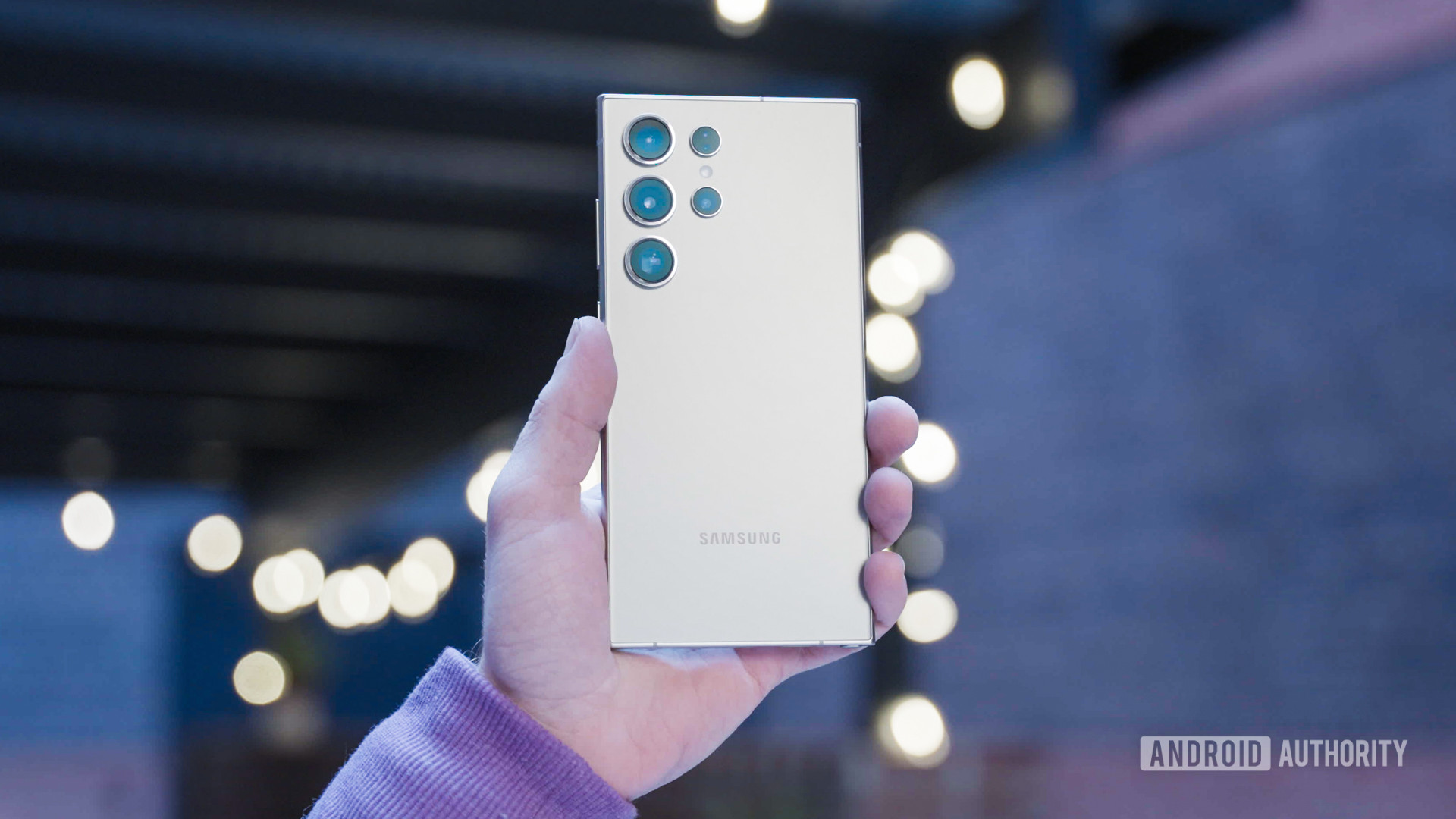
Get up to speed: How good is the OnePlus 5 camera?
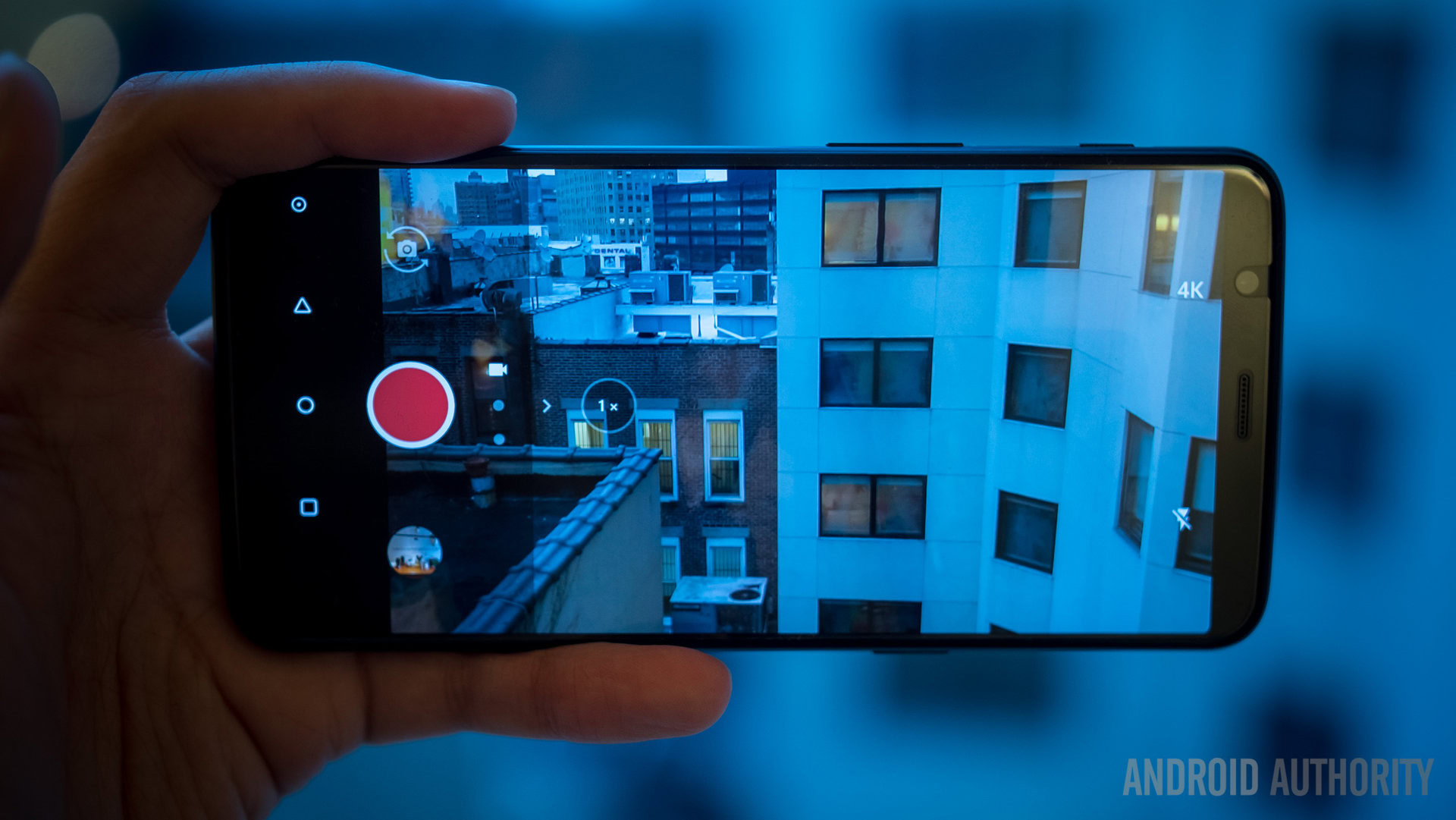
OnePlus continues to provide flagship level experiences in their own distinct style and flavor of Android
OnePlus continues to provide flagship level experiences in their own distinct style and flavor of Android, but the T variant was a bit controversial last year due to its price hike. Users of the original editions were understandably miffed by the prospect of buying an entirely new phone that isn’t entirely new, and that is certainly true this time around. But anyone that held out for the 5T will be happy to know they won’t be paying a huge premium to enjoy the latest enhancements, as the OnePlus 5T will be priced at $499 for the base model, and $559 for the 8 GB/128 GB edition. That’s $20 more than the original, but given all that OnePlus has added into the 5T, twenty bucks sounds pretty reasonable. You can find more details about the OnePlus 5’s pricing and availability here.
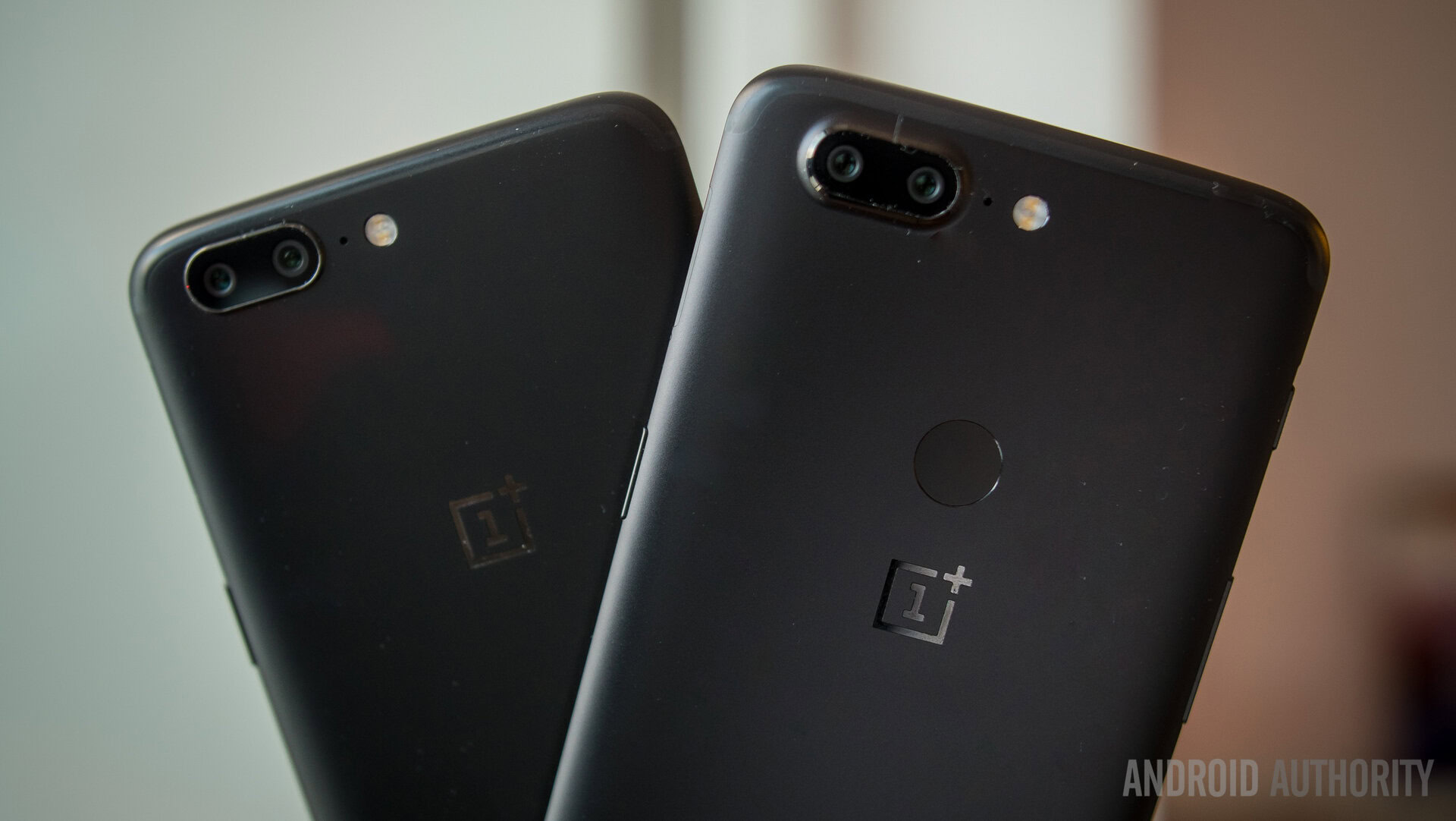
But what do you all think? Let us know how you feel about the OnePlus 5 vs OnePlus 5T following today’s announcement, and sound off in the comments below!